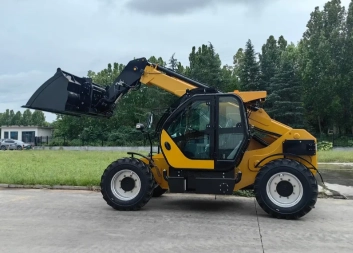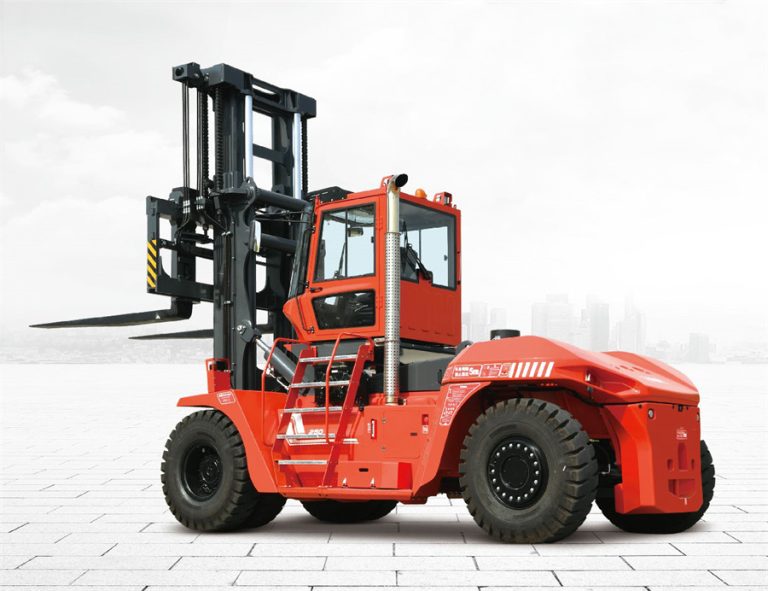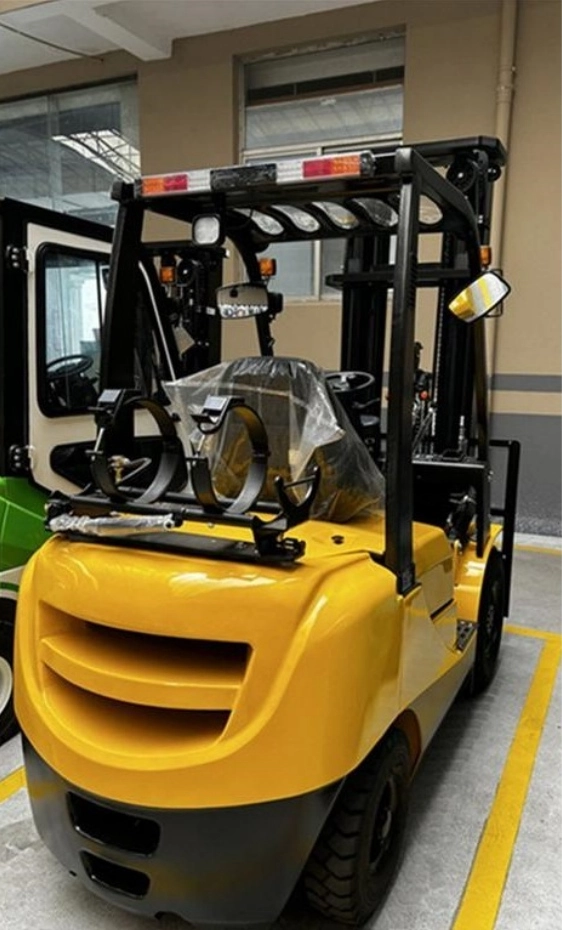
Choosing the right forklift can really change how smoothly your warehouse runs. I’ve watched businesses struggle with the wrong pick, facing delays or safety issues. If you’re eyeing LPG forklifts, you’re likely after a mix of strength and flexibility. These machines use liquefied petroleum gas, offering solid power like diesel but with cleaner air, perfect for indoor use without heavy fumes. This guide will walk you through what makes top LPG forklifts special, from key details to practical advice. Whether you’re stacking goods in a busy storage area or moving crates outside, you’ll find options that work well. By the end, you’ll feel ready to decide.
Knowing LPG Forklifts
LPG forklifts run on propane tanks you can switch out fast, like a quick break in a race. They’re not like electric ones that need long charging times, nor do they make the loud noise and smoke of diesel. Picture a food plant where diesel exhaust could ruin the air, but you need more push than a battery can give over a long day. That’s where LPG shines.
From talking with workers over the years, I’ve learned these forklifts handle slick warehouse floors and rough outdoor spaces well. They don’t mind dirt or wet spots like electrics do. Refueling? Just pop on a new tank in minutes. Still, keep ventilation in mind indoors to avoid any gas buildup. Overall, if your work mixes inside precision with outside toughness, LPG is a great choice.
Why Pick LPG Forklifts
What makes LPG a good option? Let’s break it down with some clear points.
- Works Inside and Out: Use them in well-vented warehouses without smoky issues. Outside, they manage bumpy ground easily.
- Fast Refuels Keep Going: Switch tanks in under five minutes. A logistics friend once told me this cut his downtime by half during busy times.
- Steady Power All Day: No drop-off as hours pass. LPG engines keep going with strong torque, ideal for loads up to 3.5 tons without trouble.
- Saves Money Over Time: Cleaner burning means less dirt inside, so fixes aren’t a big deal. Fuel costs less than diesel in bulk, and emissions stay within rules.
- Less Noise: Not silent like electrics, but much quieter than diesel. This helps workers stay comfortable in loud areas—ear strain builds up fast.
Sure, they cost more at first, but the gain in productivity is worth it. In factories with nonstop shifts, that reliability really pays off.
What to Look For When Buying
Buying the best LPG forklifts isn’t just about power. You need to match your needs with the right features. Here’s how to think it through.
How Much Weight and Size
First, pick a forklift that can handle your heaviest loads. Too small, and you risk breaking it or tipping over. Say you move pallets with 2,000 kg of stuff in a storehouse—go for at least a 2-ton model. Add a little extra, like 2.5 tons, for safety with surprise weights.
Think about space too. Tight aisles? Look for smaller designs that turn easily. In open yards, bigger frames with two front tires add balance on rough spots. Studies show about 20% of forklift accidents come from wrong size choices, so measure your area and loads carefully.
Engine Power and Fuel Setup
The engine is the core of an LPG forklift. Go for ones with good torque for smooth lifts, especially on slopes. Models with turbo boosts perform better in tough spots, like loading trucks on slanted docks.
The fuel system matters—easy tank swaps mean less waiting. Some have auto-shutoff valves for safety. Look for engines that use fuel wisely without losing strength. One shipping yard switched to efficient LPG and saved 15% on fuel costs in a year.
Safety Add-Ons
Don’t skip this part. New LPG forklifts come with overload alerts, balance controls, and auto-brakes on turns. Good views from the cab with mirrors cut blind spots. Add seatbelts, horns, and bright lights for dark shifts.
I’ve heard tales where a simple tip-prevent system saved a load from falling. Check for OSHA rules; it’s not just law, it’s smart thinking.
Upkeep and Toughness
Choose sturdy builds that handle daily wear. Strong frames and tough tires last longer in dirty conditions. Upkeep? Pick models where parts are easy to reach; quick oil changes and filter swaps keep things moving.
LPG’s perk: less smoke means cleaner insides, stretching check-ups to 500 hours or more. Look for a warranty—good ones cover 2,000 hours or two years, giving peace of mind.
Price and Value
Starting prices range from $20,000 for basics to $40,000 for fully loaded 3-ton models. But consider the full cost: fuel, repairs, resale. LPG often gives better value, especially in round-the-clock ops where stops hurt profits.
Shop for payment plans, and figure based on your use. A 3-ton model might pay back in 18 months through efficiency gains, according to some fleet managers.
| Factor | What to Check | Why It Helps |
|---|---|---|
| Weight Capacity | 1.5-3.5 tons based on needs | Stops overloads, keeps safe |
| Engine Torque | High for heavy lifts | Smooth moves on rough ground |
| Safety Tools | Balance systems, view aids | Cuts accidents by up to 30% |
| Easy Fixes | Open components | Lowers costs over time |
| Total Cost | Upfront vs. running costs | Gets value in 1-2 years |
Top LPG Forklift Choices
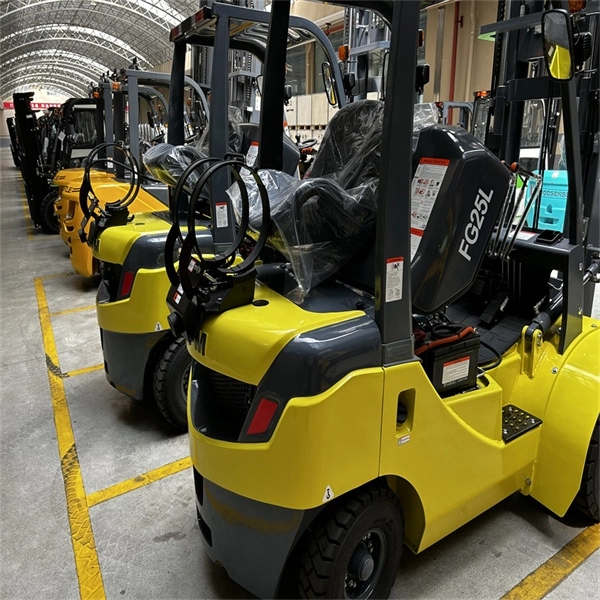
Based on solid performers, here are some great options. They pack the features we covered, built for real jobs.
- 1.5-1.8 Ton LPG Forklift: A good start for light to medium tasks. Lifts up to 1,800 kg with fast refuels. Perfect for small warehouses—think moving crates in a distribution center. Small size, with tires for all surfaces.
- 2-2.5 Ton LPG Forklift with Two Front Tires and Tall Lift: Steps up for heavier loads. Extra tires add steadiness on uneven floors, tall lift reaches over 5 meters. Great for stacking in factories—seen these handle big auto parts without shakes.
- 3-3.5 Ton Red LPG Forklift: The strong one. Lifts 3,500 kg reliably, with quieter noise for indoor ease. Red color gives a bold look, but the real win is steady power for long shifts in logistics yards.
Each is built tough, with comfy cabs and safety extras. Check specs on qdjcymachinery.com for the best fit.
Real-Life Uses and Examples
Imagine a drink distributor juggling indoor storage and outdoor loading. LPG forklifts move fast inside without smoke problems, then handle gravel lots outside. One example showed a company cutting fuel use by 12% with LPG, boosting work speed by 25%.
In building supply chains, these haul materials from trucks to sites smoothly. Or in cold storage? They start quick, beating diesels that slow in the cold. Not every job fits—sometimes an electric works better inside, but LPG’s mix of uses wins for most setups.
Meet JinChengYu FORKLIFT as Your LPG Forklifts Partner
JinChengYu FORKLIFT, based in Qingdao, China, is a top name in handling gear. They offer LPG forklifts from 1.5-ton lightweights to 3.5-ton powerhouses, backed by a worldwide network for sales, parts, and help. What stands out? A focus on quality—top R&D makes durable, efficient machines that hit global standards. They care about customers, with rental and after-service support to keep your work flowing. Visit qdjcymachinery.com/about-us/ for more, or contact-us/ to talk options.
Wrapping Up
Finishing this buying guide for best LPG forklifts, it’s clear these machines bring a practical boost for flexible work. Think about your needs—weight, safety, costs—and you’ll pick a winner that lifts efficiency. The right forklift isn’t just gear; it’s a helper to get the job done right. Ready to upgrade? Explore models that match your world.
Questions and Answers
What makes LPG forklifts great for mixed inside-outside work?
LPG forklifts stand out because they give steady power like diesel but with cleaner air, safe for indoors with good airflow. Quick tank changes keep them running without long breaks, unlike electrics.
How do I pick the weight capacity in a buying guide for best LPG forklifts?
Start with your heaviest loads—add a 20% cushion for safety. If you move 2,000 kg pallets, go for at least 2.5 tons to avoid strain and keep steady on different surfaces.
Are LPG forklifts cheaper to run than diesel or electric ones?
Yes, often, especially with heavy use. Lower fuel and repair costs, plus fast refuels, can drop expenses by 10-15% over time, making them a smart choice in any buying guide for best LPG forklifts.
What safety tools should I focus on when using a buying guide for best LPG forklifts?
Look for balance controls, overload alerts, and strong brakes. Clear views and comfy designs reduce tiredness-related mistakes, keeping your team safe on tough shifts.
How often do LPG forklifts need checks?
Usually every 200-500 hours, focusing on oil, filters, and tanks. They’re simpler than diesel with less smoke trouble, but regular looks ensure they last as noted in this buying guide for best LPG forklifts.



